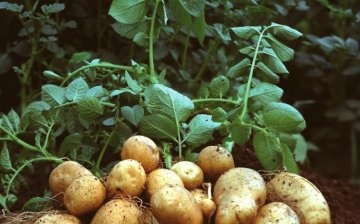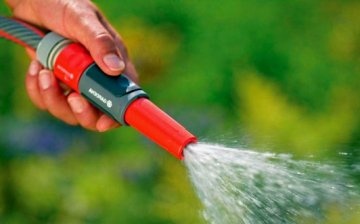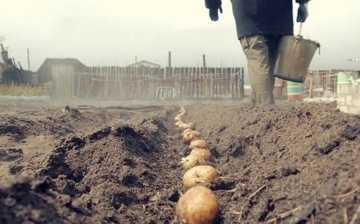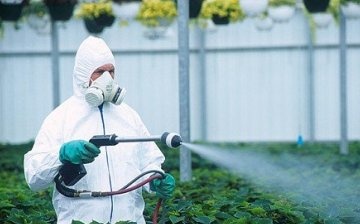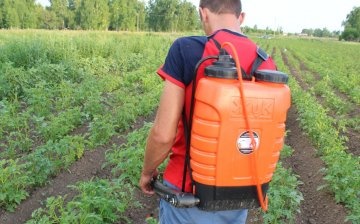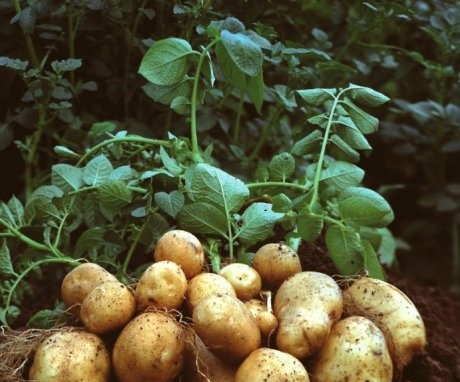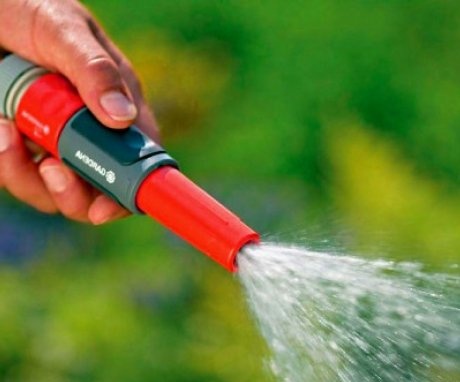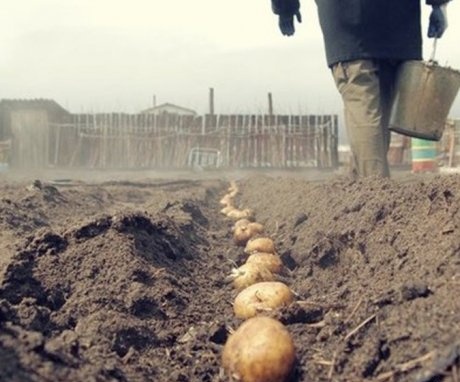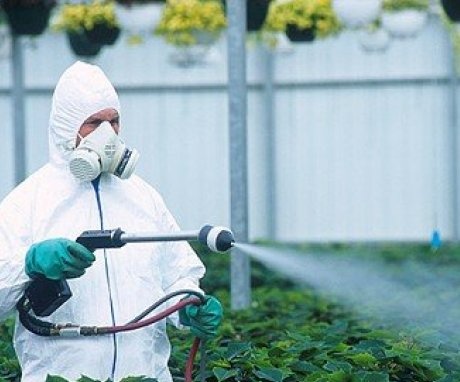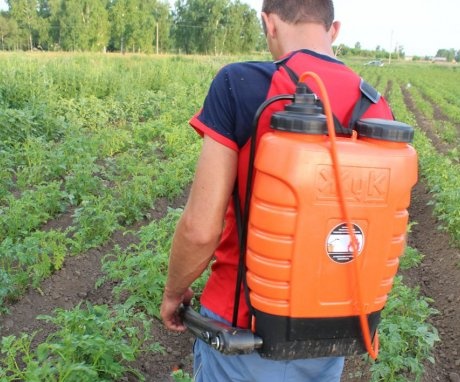Potato herbicides - reliable weed control
The main pests for many cultivated agricultural plants are diseases and weeds... Moreover, often, it is the appearance of weeds in the planted area that leads to the emergence of various diseases: from late blight to more serious diseases with the introduction of insect pests that can also live in weeds. We must not forget about the mineral deficiency of the soil, resulting from the rivalry of two plants, during which the cultural one loses (in 99% of cases), since it is more whimsical and demanding on the saturation of chernozem with nutrients.
All these dangers and problems that arise with the first weed in every field / garden have led to the development of protective chemicals in agriculture, which include herbicides.
Content:
- Features and benefits of herbicides
- Classification of drugs
- Potato herbicides: what are there
- Spraying technique
- Usage Tips
Features and benefits of herbicides
One of the main advantages of using "chemical weeding", of course, is speed and low labor costs: instead of manually picking or cutting each weed, you can spray a pre-prepared substance and enjoy visible results in two weeks. We are not even talking about mechanical weeding, since there is a very high probability of damage to both the fruit itself and the surface part of the bush. In addition, by removing weeds, the tractor turns the surface layer of the soil, which leads to the evaporation of moisture. And this is fraught with crop losses, especially in dry summers. But this method is still used by many "strictly natural" farms.
The main argument of opponents of chemical treatment for weed control is the penetration of a toxic substance into the leaves, as well as into the tubers. potatoes, which, according to experts, cannot have a positive effect on our health. Yes, in general it is so.
But, if you maintain the correct dosage and alternate chemical weeding with manual / mechanical weeding, the content of the above substances in the fruits will be minimal.
That is, within the limits of the permissible norm. From this we can conclude that, behind a moderate health risk, the use of herbicides hides a whole set of advantages, such as: reduced costs of time and effort, finances (in some cases), increased duration and the possibility of complete destruction of even perennial weeds.
Classification of drugs
Depending on various exposure factors, herbicides are classified into:
- Substances of continuous and selective action - herbicides can both completely destroy all vegetation (moreover, for several years with double, triple, etc. dosages), and "burn out" certain weeds, without in any way weakening the health of the cultivated plant (potatoes). Continuous action models can be applied just prior to planting. Roughly, in 7-10 days, all vegetation on the treated area will be destroyed.
- Grades of ground and bush application - that is, the ready-made solution can be sprayed both on the newly planted soil (or later, before the first shoots), and on young, as well as strengthened bushes (after the appearance of the tops). The first type is used mainly for the destruction of perennial weeds and bushes, since it acts directly on root system... The second is for annual or just emerging weeds. Important! To improve the penetration of the herbicide into the soil, you can use a solution of water and ammonium nitrate together with it (or separately, before spraying). Nitrogen molecules contained in this substance improve the permeability of the soil and the surface layer of the roots.
- Herbicides of contact and systemic type of action - the first manifests itself only at the point of contact with the weed (that is, its surface shoots), the second is designed specifically to penetrate the weed and, having reached the root, destroy the plant completely. This is required when dealing with perennial wild plants.
Thus, it can be concluded that for each situation there is a specific type of herbicide that can be applied without fear of unintended consequences.
Potato herbicides: what are there
Since the production of these chemicals has been established for a long time and on a large scale, products of domestic manufacturers can be cited as effective and competitive brands in terms of price characteristics:
- Arsenal is a very powerful herbicide capable of killing any weed, bush and even tree shoot that grows on your soil. Spray only 1 time before landing potatoes.
- "Panther" is a weather-resistant herbicide (if thunder breaks out an hour after spraying, the composition will still be effective). It is mainly used against cereal weeds. Treatment - once.
- "Titus 25" - Another powerful chemical reagent used only once. It is universal in the sense that it displays as perennialand annual weeds.
- Zenkor 70 WG - One of the safest and least toxic herbicides. It is applied on the soil (before germination). Fights small annual pests.
Also, as effective means, you can cite: "Roundup Max", "Chistopol", "Totril 225EC", "Lazurit".
Among the many tools presented, you will definitely find the one that suits you, and perhaps not even a foreign, but a domestic sample!
Spraying technique
Despite the fact that these chemicals belong to the class of medium and low toxicity, when spraying, it is necessary to wear a protective suit, which will include rubber shoes, overalls, jacket, gloves, goggles and a respirator, absolutely! It is also recommended to refrain from smoking during and after the process.
The preparation and spraying of herbicides for potatoes is carried out in accordance with the recommendations on the package, and there are no universal formulas here, since each model is different in terms of the concentration of the reacting substance. Also important are the nature of the soil, the type of weed, weather conditions, the variety of potatoes. For some varieties, the use of chemical weeding is completely prohibited, since they react negatively to the composition of the chemical and lose their taste and useful qualities.
It is also not recommended to spray herbicide mixtures on potatoes damaged by diseases, pests or frost.
Weak shoots do not tolerate chemical treatment. Soil herbicide models are not recommended for use on shallow-planted potatoes. Otherwise, there are no contraindications for use. It is only worth noting that it is better to store the prepared solution in a plastic or glass container (not iron) for no longer than a week.
Usage Tips
As you can imagine, the use of chemical weeding products can be very beneficial, especially over large planting areas. You just need to make sure that the variety potatoes immune to herbicide and choose the one that suits you from the many presented.
As a conclusion, I would like to give a couple more tips:
- Spray the solution at temperatures from +15 to +25 degrees.
- Pay attention to the humus content in the soil (it binds part of the drug, so the dose needs to be increased).
- Reduce dosage on "light" soils.
More information can be found in the video.




